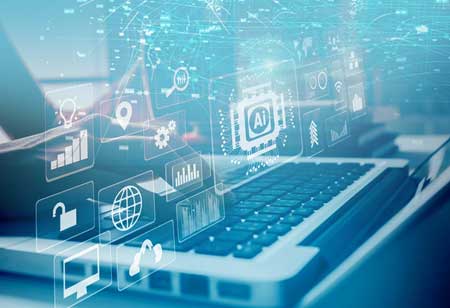THANK YOU FOR SUBSCRIBING
Be first to read the latest tech news, Industry Leader's Insights, and CIO interviews of medium and large enterprises exclusively from CFO Tech Outlook
THANK YOU FOR SUBSCRIBING

By
CFO Tech Outlook | Monday, January 31, 2022
Stay ahead of the industry with exclusive feature stories on the top companies, expert insights and the latest news delivered straight to your inbox. Subscribe today.
Let's see some actions to safeguard your financial accounts to protect yourself and dissuade fraudsters.
Fremont, CA: As people spend more time online, fraudsters continue to lurk in the shadows, hatching schemes to steal sensitive financial information. Keep in mind that users play a vital part in protecting the data.
What Are the Risks?
Fraudsters steal customer information to get unauthorized access to personal accounts. It might begin with a phishing email that looks to be from a reputable company, requesting information that your financial institution would never seek over email, including an account number, password, credit card number, or Social Security number. Alternatively, users may receive a call from a cybercriminal posing as a financial institution representative to collect personal information or account information.
Identity thieves might send a text or instant messages, emails, or shareware containing malicious software that collects keystrokes to obtain user usernames and passwords. Access can also get gained through data breaches, the selling of stolen client information, and "dumpster-diving" to retrieve records that have not been securely burned. Let's see some actions to safeguard your financial accounts to protect yourself and dissuade fraudsters.
• Watch What You Click.
Instead of clicking on or reacting to links or files, going to the financial firm's website or app to validate the information was necessary.
• Enable Multi-factor Authentication (MFA).
MFA employs authentication methods, including a password and a code transmitted separately or a physical identification such as a fingerprint, voice, or face recognition.
• Use Your Device.
Avoid using public computers or gadgets to access financial accounts. If the user does use another computer, after logging out of accounts, erase any "Temporary Internet Files" or "Cache," and clear all "History."
• Use Wi-Fi Safely.
Many public hotspots, like wireless networks at airports, hotels, and restaurants, have security settings that got reduced. Some hackers would even construct public networks with recognizable names to attract unsuspecting internet users. Slow connections or a lack of terms of the service agreements are red flags. Whenever feasible, only connect to trustworthy, encrypted networks and safeguard the own network with the best encryption and password available.
I agree We use cookies on this website to enhance your user experience. By clicking any link on this page you are giving your consent for us to set cookies. More info



